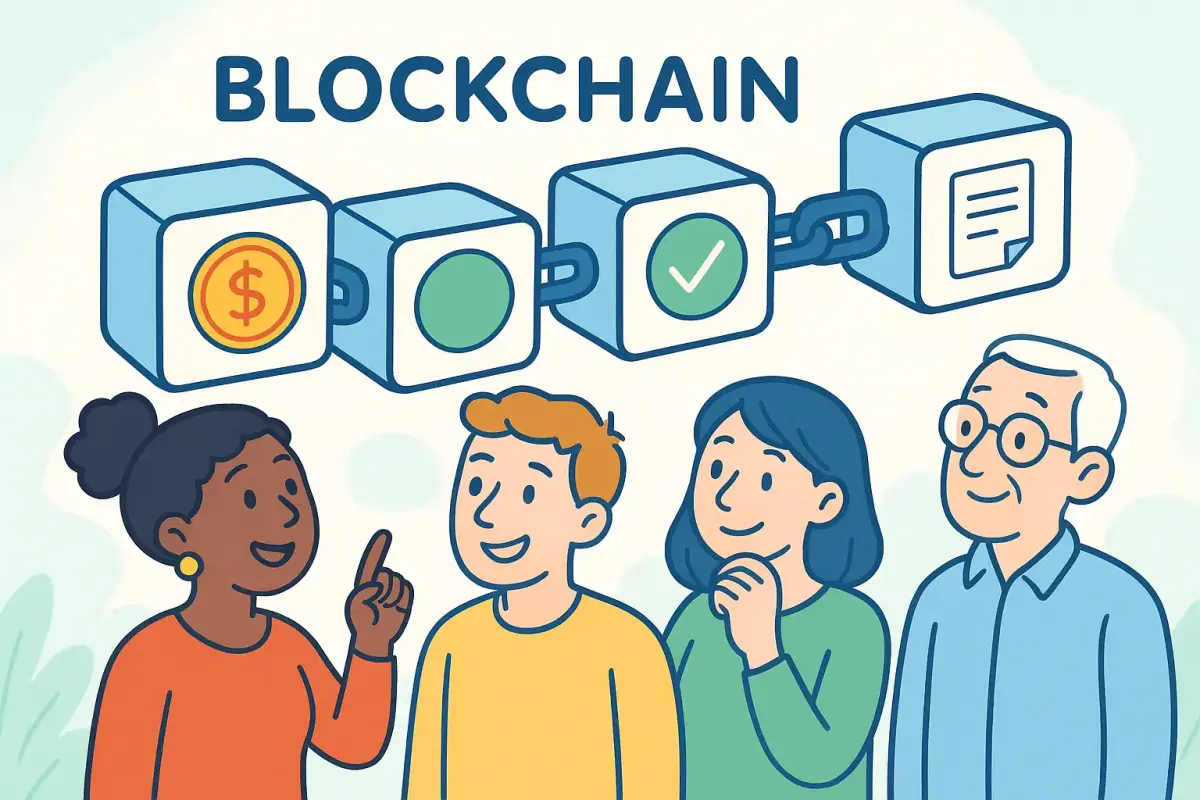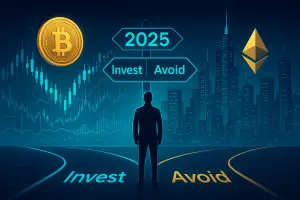Imagine a world where you don't have to trust banks to check transactions, where your data is held safely and can't be changed, and where technology makes sure that trust isn't limited to institutions. Welcome to the world of blockchain, a new kind of digital ledger technology that makes cryptocurrencies like Bitcoin and Ethereum work. What is blockchain, though, and how does it work? Let's make it easier to understand.
What is Blockchain? It's a digital ledger.
You can think of blockchain as a digital notebook. It keeps track of transactions, but unlike regular ledgers, it's not kept in one place or managed by a bank or other central authority. This digital ledger is not centralized; instead, it is spread out over many computers (called nodes) all around the world. This means that no one person or group owns or controls it, which makes it safe and clear.
Blocks are the building blocks of the blockchain.
Think of each transaction as a page in our digital notepad. A page becomes a block when it is full of transactions. The blocks are then put together in the order they were created to make a chain, which is where the word "blockchain" comes from. There is a unique code in each block called a "hash." This code is like a fingerprint. This hash connects the block to the one before it, making sure that all the blocks are safely linked.
Verification Without a Central Authority
In the past, banks checked transactions. Blockchain solves this in a new way, using consensus processes. Think about how every transaction would need the approval of more than one judge or node. The transaction is recorded in the ledger if most people agree that it is valid. This decentralized verification procedure makes sure that no one person can change the data.
Blockchain and Old-Fashioned Databases
Traditional databases are like private notebooks that one person owns. If they are hacked, they can be changed or lost. However, blockchain is public and spread among many nodes. This dispersion means that the ledger stays accurate even if one node goes down.
Why Blockchain is Important for Cryptocurrencies
Blockchain is what makes cryptocurrencies like Bitcoin and Ethereum work. It lets people make safe transactions without middlemen. This cuts down on the fees and delays that come with traditional banking systems and gives people control over their assets.
Real-World Uses Beyond Cryptocurrencies
Blockchain has a lot of other uses besides digital money. It can change whole sectors by making voting systems safe, supply chains clear, healthcare records management more efficient, and more.
Some things people think about blockchain aren't true
Because of its privacy qualities, a lot of people think that blockchain is the same as Bitcoin or illicit activity. In reality, blockchain's openness makes it possible for people to see what others are doing while keeping their identities secret, which encourages accountability.
The Pros and Cons of Blockchain
Blockchain has many advantages, including security through decentralization, openness through recording all transactions, and trust through getting rid of the need for middlemen. But there are also problems, like scalability limitations, which means being able to handle a lot of transactions quickly and easily, and regulatory concerns, as governments try to figure out how to deal with this new technology.
Making Sure of Safety, Openness, and Trust
Blockchain is secure because it is decentralized. There is no single point of failure because every node can see the whole ledger. All transactions can be seen on the network, but they are protected by encryption methods that safeguard users' privacy while building trust among participants.
In conclusion, blockchain is more than simply the backbone of cryptocurrencies. It's a new technology that will change many fields by making them safer, more open, and more trustworthy in ways that were never thought possible before. Using this technology could open up new ways to be more efficient and creative in businesses all across the world!


